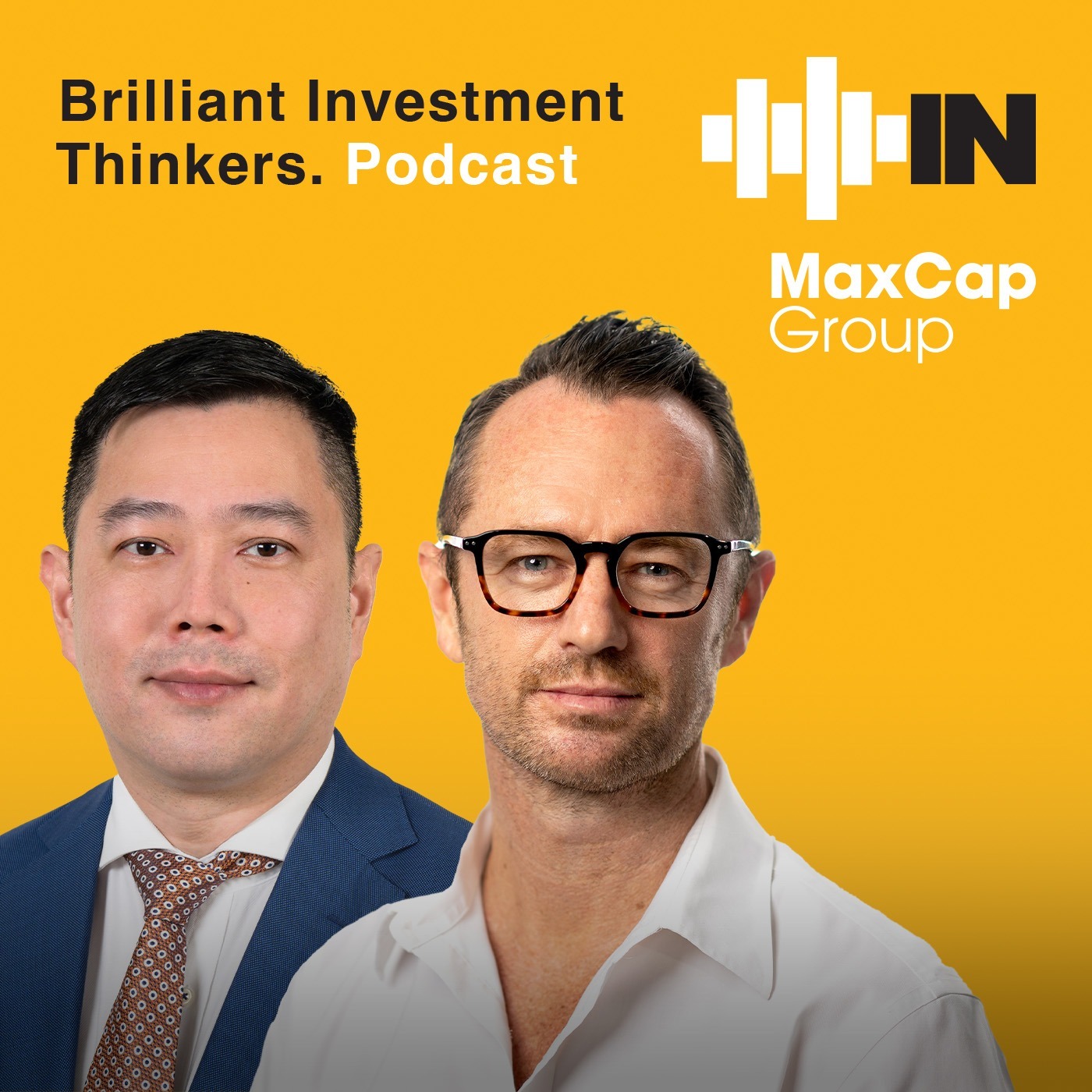ETFs soar on face value and market performance, despite elevated risks
The rise of passive investing continued in 2024, with another year of healthy market returns fuelling a further $33.49 billion of cash inflows from investors in Australia alone. Both domestically and abroad, the continuation of strong market returns has further fortified the conviction of retail and institutional investors alike that ETFs are the investment tool de jour for this generation.
Despite warnings from fund managers and economists (more on that later), investors from across the spectrum have absolutely poured capital into ETFs provided by the likes of Vanguard, Blackrock and others.
And they’ve made out. Holders of ETFs that hug The S&P/ASX 200, which gained 11.5 per cent in 2024, and the S&P 500, which returned 25 per cent, have prospered in their slipstream.
The shift to passive – 90 per cent of ETFs sold are passively managed – has several drivers. The products enable diversification by giving retail investors access to different markets across an array of asset classes. They’re also cheap; while passive ETFs can carry a fee of half a per cent or below, actively managed funds typically carry a fee of between one and two per cent.
Moreover, ETFs have been bolstered by the growth of the companies at the top end of stock markets, such as technology giants in the US and big banks in Australia, which have pushed indices to record valuations. Active equity managers, by comparison, have largely underperformed.
ETFs have used this performance tailwind to go from a standing start in 1993 to almost eclipsing the managed fund market globally in 2025. In the US, this already happened in 2023.
Australian investors trail the US in ETF adoption, but they’re catching up. Spurred by the lure of soaring US technology stocks, Vanguard says local investors tipped just as much into global ETFs in 2024 as they did domestic ones for the first time.
ETFs are a roaring success by any measure. Their advent and popularisation has brought investment to the masses, and gotten a generation warmed to the idea of making their money work for them.
While some economic theorists have signalled alarm over the growth of ETFs, warning that they turn stock markets into pseudo-pyramid schemes by herding ‘zombie’ capital into the top end of markets, the investors behind them – from tik-tokers to trillion dollar sovereign wealth funds – would disagree.
And painting ETFs as a house of cards is largely misleading. They aren’t fake. They are very real investment products based on genuine stock markets.
Ultimately, however, that’s where the real risk comes from.
Danger in plain sight
Over the long term, stock markets tend to go up. But the rise isn’t always linear; markets are also cyclical.
In the event of a market ‘bust’, millions of retail investors could be impacted – not because they hold ETF’s, but because they subsequently sold them.
Theoretically, these investors should recoup their losses if they hold onto their ETFs for long enough. But while advised, wholesale and institutional investors would likely do so , broad swathes of (somewhat) less disciplined retail investors – the ones who have piled into ETFs in recent years – may crystallise those losses by selling them in an attempt to mitigate further losses.
This danger was mentioned by a global team of academic researchers (Bhattacharya, Loos, Meyer and Hackethal) in a research paper called The dark side of ETFs.
“There is some evidence that some investors may not be using ETFs wisely,” the paper states, adding that “these securities, because they are highly correlated with the index and are easy to trade, may enhance their temptation to time the underlying index.”
While ETFs have “enormous potential” to increase investment engagement due to low cost and liquidity, the research team says these features, combined with broadly lower financial literacy levels among investors, could be a dangerous combination.
“[ETFs] may not help individual investors to enhance their portfolio performance if they actively (ab)use passive ETFs by buying and selling them at ‘wrong’ times,” the paper states. “Ironically, the low cost and high liquidity of these ETFs seem to encourage their trading, and this aggravates an individual’s temptation to engage in some sort of timing.”
Uncomfortable risk
ETFs have helped democratise investing beyond the typically affluent by making it accessible and affordable, and they’ll likely continue performing well for some time.
The timing of any significant market decline is difficult to predict, and while a host of big-name fund managers (Michael Green, Michael Burry, etc) have been vocal about the ETF ‘bubble’, it’s unclear whether the rise of ETFs fits the typical ‘bubble’ model of displacement, boom, euphoria, profit-taking and (ultimately) panic.
ETFs aren’t even asset classes, really, being more appropriately classed as investment vehicles, so the concept of an ETF ‘bubble’ is an awkward association. It may still apply though, as the lion’s share of ETF investment goes into major equity markets.
Whether there’s an ETF bubble brewing or not is moot, and the debate only obfuscates the real risks.
That danger really just boils down to plain old market risk. Stock markets have gone up, and eventually they’ll go down. But in the ETF age there’s more capital than ever sitting in markets, and a new crowd of investors at risk.











